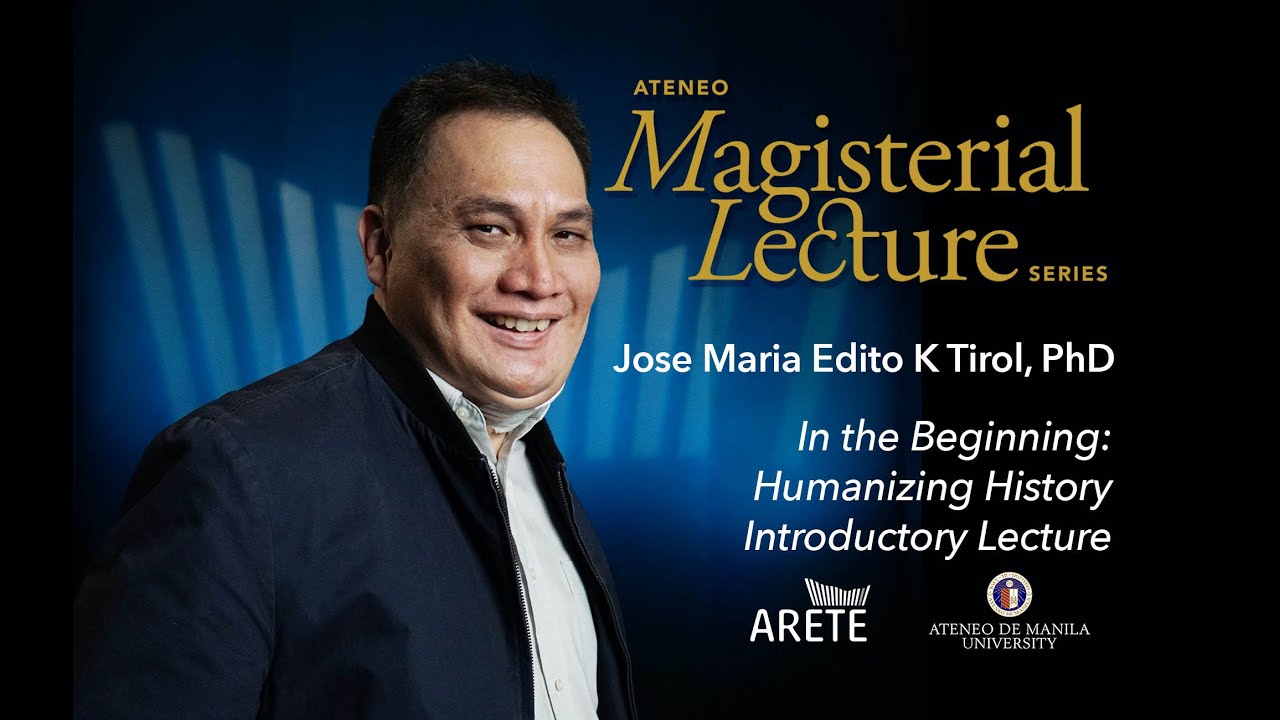3.1 MAKING SENSE OF THE PAST PART1
Summary
TLDRThe video script discusses the importance of historical interpretation and the impact of history on present and future generations, using Dr. Jose Rizal's famous quote to emphasize the connection between past and present. It challenges the authenticity of the 'Code of Kalantiao,' a supposed ancient legal code from the Philippines, revealing it as a fabrication. The script also touches on the role of historians in shaping our understanding of history and the potential for manipulation through selective storytelling.
Takeaways
- 📚 The famous line 'ang hindi magmahal sa kanyang salita, mahigit sa hayop at malansang isda' is incorrectly attributed to Jose Rizal.
- 🌟 Rizal first encountered the word 'Kalayaan' at the age of 21.
- 🎓 The video discusses historical interpretation, the Code of Kalantiao, and multiperspectivity.
- 🧩 Historical interpretation involves analyzing primary sources and recognizing multiple interpretations of historical texts.
- 📈 History is not just about the past but also its impact on the present and future, shaping human experience.
- 🔍 Dr. Jose Rizal's saying emphasizes the importance of understanding one's past for personal growth.
- 📜 The Code of Kalantiao is a mythical legal code from the epic history of Maragtas, which was later revealed to be fictional.
- 🏛 Pedro Monteclaro compiled local legends of Visayas, including the Code of Kalantiao, in his book.
- 🗝️ The Code of Kalantiao was falsely believed to be a Penal Code established by Dato Bendahara Kalantiao in 1433.
- 🚫 William Henry Scott's research discredited the Code of Kalantiao as a historical document, linking it to a historical fiction.
- 🏞️ Despite being debunked, the Code of Kalantiao is still a source of pride for some communities in the Philippines.
Q & A
Who is Salma Abdulgani and what is her role in the video?
-Salma Abdulgani is the presenter in the video, introducing and discussing various topics related to historical interpretation and the Code of Kalantiao.
What are the four main topics discussed in the video?
-The four main topics discussed in the video are making sense of the past, historical interpretation, the Code of Kalantiao, and multiperspectivity.
What is the traditional view of history as mentioned in the script?
-The traditional view of history focuses on documenting and understanding past events, including dates, figures, and places, providing a narrative of human experience over time.
How does the contemporary definition of history differ from the traditional view?
-The contemporary definition of history emphasizes not just the past but also how it impacts, influences, and shapes the present and future, making historical events socially relevant.
What is the significance of Dr. Jose Rizal's famous saying in the context of history?
-Dr. Jose Rizal's saying 'ang hindi marunong lumingon sa kanyang pinanggalingan ay hindi makakarating sa kanyang paroroonan' serves as a reminder that one's current status is a result of past decisions and actions, highlighting the importance of understanding history.
What does Jofre Barl define history as, according to the script?
-Jofre Barl defines history as the attempt to discover, on the basis of fragmentary evidence, the significant things about the past.
Why is it important to critically analyze historical events rather than just accepting them at face value?
-It is important to critically analyze historical events to ensure the accuracy of our understanding, as history is often a series of accepted judgments rather than purely factual accounts, and historians may interpret events differently based on their perspectives.
What is the Code of Kalantiao and why is it significant?
-The Code of Kalantiao is a mythical legal code in the epic history of Maragtas, which is significant as it was considered a source of pride for the people in Aklan and was believed to be the first Filipino lawgiver's penal code.
What did William Henry Scott's research reveal about the authenticity of the Code of Kalantiao?
-William Henry Scott's research revealed that the Code of Kalantiao is not an authentic historical document but rather a fabrication, linking it to a historical fiction written by Jose E. Marco.
Why is the Code of Kalantiao still a topic of debate among historians and the public?
-The Code of Kalantiao is still a topic of debate because it serves as a source of pride for the people of Aklan, and accepting that it is not a legitimate historical document can be difficult for those who identify with it.
What is multiperspectivity in the context of historical interpretation?
-Multiperspectivity refers to the understanding that there can be multiple interpretations of historical events, influenced by the historian's personal, cultural, or political viewpoints.
Outlines

Cette section est réservée aux utilisateurs payants. Améliorez votre compte pour accéder à cette section.
Améliorer maintenantMindmap

Cette section est réservée aux utilisateurs payants. Améliorez votre compte pour accéder à cette section.
Améliorer maintenantKeywords

Cette section est réservée aux utilisateurs payants. Améliorez votre compte pour accéder à cette section.
Améliorer maintenantHighlights

Cette section est réservée aux utilisateurs payants. Améliorez votre compte pour accéder à cette section.
Améliorer maintenantTranscripts

Cette section est réservée aux utilisateurs payants. Améliorez votre compte pour accéder à cette section.
Améliorer maintenantVoir Plus de Vidéos Connexes

[비정상회담][111-4] 지배국 & 피지배국, 서로 다른 역사 인식의 온도 (Abnormal Summit)

In the Beginning: Humanizing History

SEJARAH DAN KEBOHONGAN

Topic1 Diving Deep into History A Fascinating Exploration

Mengapa Perlu Pendidikan Sejarah?

Helping Them Home: The need to Return Artifacts and Sacred Objects to Native American Tribes
5.0 / 5 (0 votes)
